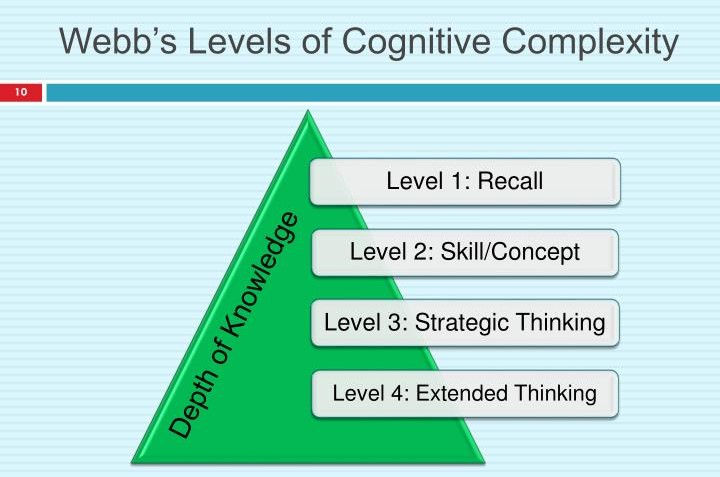8 Character-Switching Storybooks for Teaching Empathy and Social Emotional Learning
- Anuradha Das

- Apr 10, 2023
- 2 min read
As a parent or educator, you're constantly looking for new ways to foster children's social and emotional development. One excellent way to accomplish this is to introduce character-switching storybooks, in which the viewpoint moves from one character to another. These books can assist youngsters in developing empathy, learning about diverse points of view, and engaging in imaginative play.

Here are eight of the best storybooks for teaching empathy and social emotional learning that transition between characters:
"The Day You Begin" by Jacqueline Woodson tells the narrative of a young girl who is apprehensive about starting school because she feels different from her friends.
Cori Doerrfeld's "The Rabbit Listened" teaches children the value of listening and empathy when a character is faced with a difficult situation.
"One" by Kathryn Otoshi examines bullying and exclusion from various angles, encouraging empathy and kindness.
"The Hueys" in Oliver Jeffers' It Wasn't Me demonstrates how a simple mistake may lead to conflict and how conversation can resolve it.
Michael Hall's "Red: A Crayon's Tale" depicts the narrative of a blue crayon mislabeled as red, emphasising the importance of being true to oneself and tolerating diversity.
Matt de la Pea's "Final Stop on Market Street" follows a small boy and his grandma as they travel the bus through the city, learning about empathy and kindness along the way.
Derek Munson's "Enemy Pie" teaches children about friendship and dispute resolution while emphasising the power of compassion and empathy.
Queen Rania of Jordan Al Abdullah's "The Sandwich Exchange" presents the narrative of two best friends who have different lunch traditions, encouraging children to accept diversity and embrace differences.
Character-switching storybooks, such as these, can encourage a love of reading while simultaneously encouraging empathy and social emotional learning. Children can learn to understand and respect the diversity of others by reading about them, resulting in a more caring and inclusive environment.








Comments